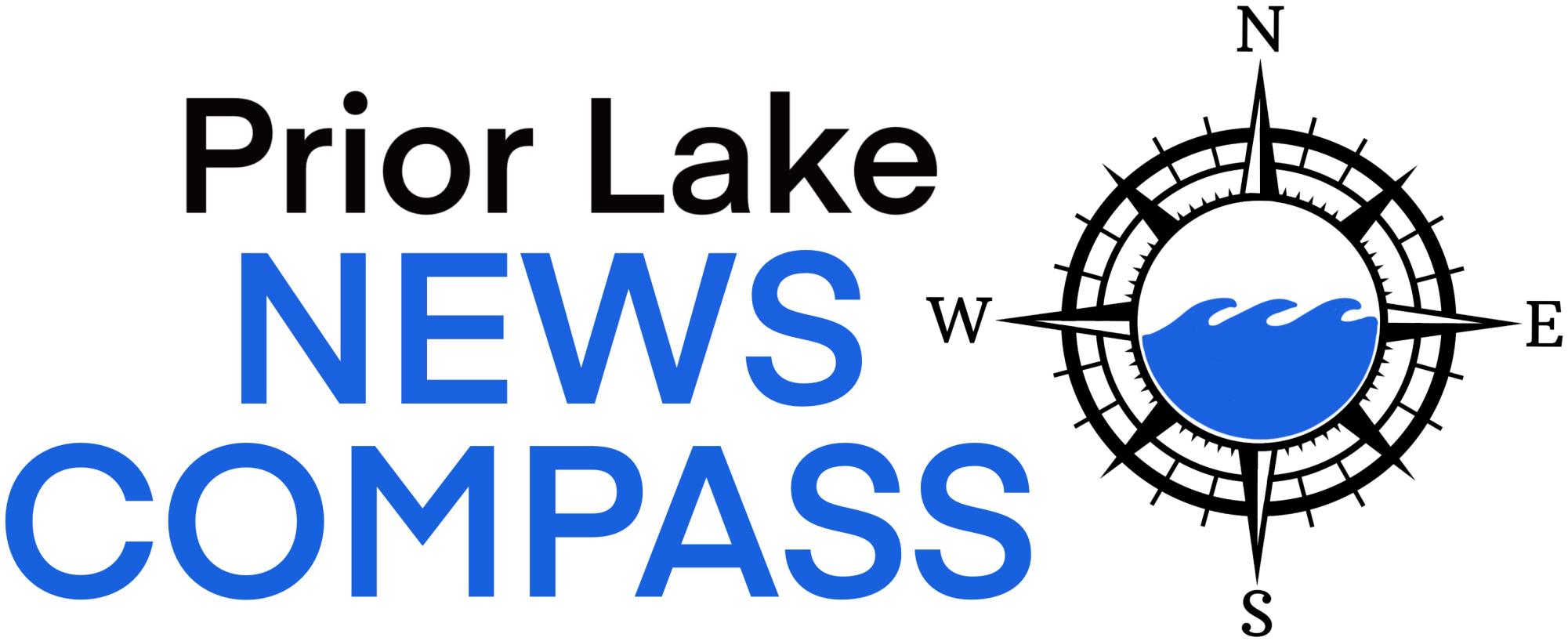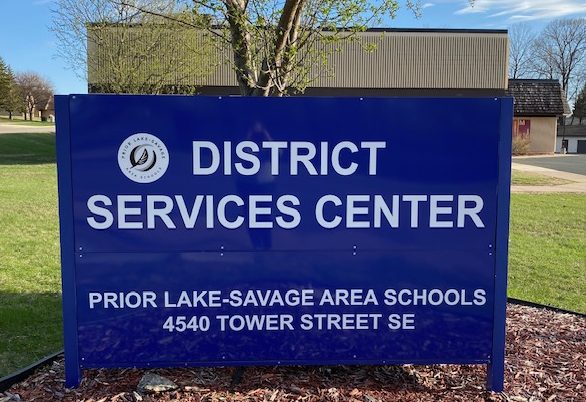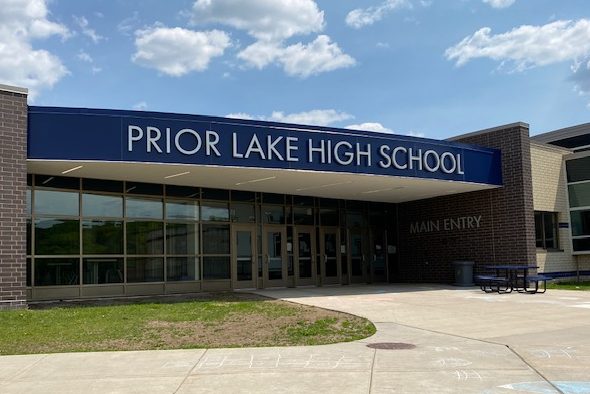Superintendent Dr. Michael Thomas and administration members presented information on a new academic data tool for staff, the current math pathway options, and a brief update on the academic intervention cycle during the Prior Lake-Savage Area School Board study session held on June 16.
Thomas and Dr. Jennie Zumbusch, Director of Assessment and Improvement, shared an updated academic metrics tool aimed at offering a “by the numbers” display of information as well as progress indicators. It was noted that the tool is currently a work in progress and the plan is to take a closer look at details in the fall.
While the display offered standard data and typical of information found in most districts’ websites, the “scorecard” section is more directly aligned with our district’s strategic plan. The four pillars of the scorecard included: academic excellence, optimize resources, positive learning environment, and community partnerships.
After the presentation, board member Amy Bullyan noted that there was a lot of information shared on the dashboard and wanted to be sure it did not end up feeling like another thing for the teachers to do.
“We’re not recreating a whole bunch to add to a plate,” Thomas said. “We’re actually trying to streamline and organize the plate differently for our teachers.”
Zumbusch added that teachers are not going to be collecting any additional information, but rather, the program presented an opportunity to better organize and communicate it.
Dr. Karoline Warner, Interim Assistant Director of Teaching, Learning & Continuous Improvement, joined Zumbusch and Dr. Dan Edwards, Executive Director of Academic Services, to discuss the district’s math vision, achievement standards, and pathway options.
The 2024-25 school year was the first year of implementation of the College Preparatory Math curriculum in local middle schools. Zumbusch shared the results of a student survey that showed only 2.4% of the students reported feeling bored in class while 41.4% indicated they were engaged or challenged.
Board member Jessica Mason expressed a concern that PLSAS middle schools no longer offer advanced math courses and worried that its students might fall behind students from other districts that do offer those type of courses. Edwards stated that the district has options for students that are ready for more challenging work, such as grade acceleration.
“There are options for families to pursue,” he said. “We [work] collectively and systematically to identify those students.”
Edwards noted that when our district offered advanced math courses in middle school, those classes had the exact same curriculum as the regular math courses. The advanced classes just went through the curriculum at a quicker pace and went more in depth.
Board member Lisa Atkinson asked if the current math curriculum aligns with the strategic plan. Zumbusch assured her that it does.
“The math vision was not created just in a vacuum,” she said. “It was created with best practices and research in terms of mathematical practices, where the field is going, and how we define proficiency,” adding that the district’s math vision is directly aligned with the state’s framework on math.
Thomas also discussed the administration’s plan to revise the strategy of how they use Achievement and Integration funds, which are state-funded resources meant to create more integrated and equitable learning environments in Minnesota public schools.
The updated plan includes the elimination of the director role. Three academic paraprofessionals would then be hired using the funds made available due to the elimination of that role. The strategy also includes achievement gap analysis and the creation of intervention cycles.
“The plan is to create a more robust intervention cycle that’s going to be at the school,” Thomas said. “It will be developed in partnership between administration and any classroom teacher that works with that student.”
Due to the loss of the Director role, the Teaching and Learning Committee and the Finance Committee would oversee the plan’s revision and implementation, which would happen in the fall of 2026.








